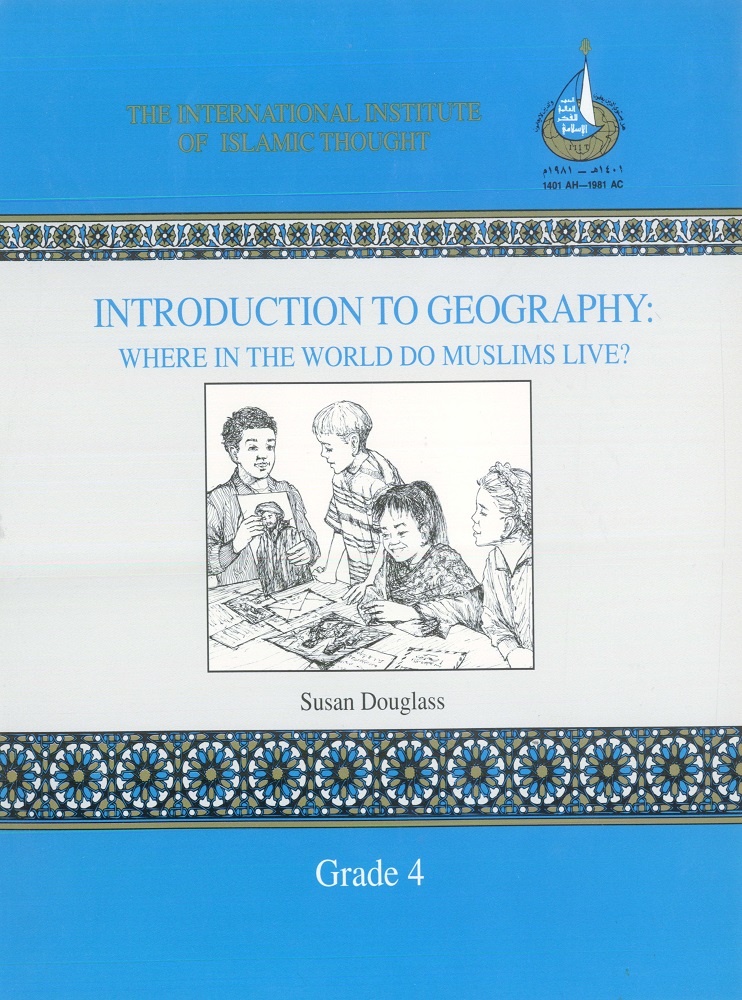
Introduction to Geography: Where in the world do Muslims Live?: A Supplementary Social Studies Unit for Fourth Grade This supplementary unit is an introduction to the geography of regions where Muslims live as majorities and a description of the circumstances in which Muslims live as minorities. The focus is more regional than national, so as to overstep the arbitrary modern borders that divide Muslim populations among numerous countries. The unit is designed to complement typical geography surveys offered in elementary social studies curricula. It is designed for grade four, but may be used for grades five and six if the curriculum so requires. Study of this unit may be undertaken after the students have received an introduction to basic geography and map skills. It is probably best undertaken during the second half of the fourth grade year, but since important geography concepts and skills are both introduced and reviewed here, the teacher may be confident to proceed earlier. The structure of the unit is unique in that the student text is in the form of a play script, whose characters, a teacher and her students, model a cooperative learning experience as they study regions of the world where Muslims live. The main objectives of this unit are to provide students with an overview of the places where Muslims live as majority and minority communities, and to investigate selected aspects of geographic and cultural diversity within the context of Islamic unity. The unit consists of an eight-lesson student text with teaching suggestions and enrichment activities. Comprehension questions, map skills and worksheets accompany the text for concept reinforcement and skill building. While the unit is designed for flexibility, it is recommended that the students be exposed to the entire student text. If time does not allow extensive study of the unit materials, the teacher may select only basic material from the teaching suggestions rather than covering these with depth and enrichment. Susan Douglass has an M.A. in Arab Studies from the Georgetown University Center for Contemporary Arab Studies, and a B.A. in History from the University of Rochester. She is a doctoral candidate in world history at George Mason University. During 2006, she served as Senior Researcher for the United Nations Alliance of Civilizations initiative, and served as an Affiliated Scholar with the Council on Islamic Education for a decade. Major publications include World Eras: Rise and Spread of Islam, 622-1500 (Thompson/Gale, 2002), teaching resources for the Council on Islamic Education and the National Center for History in the Schools, and a children’s book, Ramadan (Carolrhoda Books, 2002. She is contributor to online teaching resources such as the IslamProject.org, the website and teaching resources for the documentary film Cities of Light (islamicspain.tv), the Smithsonian Freer Gallery teaching guide Arts of Islam, Children and Youth in History at the Center for History and New Media at George Mason University, and the San Diego State University curriculum project World History for Us All. She designed and developed the online resource The Indian Ocean in World History. As researcher and author of the study Teaching About Religion in National and State Social Studies Standards (Freedom Forum First Amendment Center and Council on Islamic Education, 2000), she has continued to study national and state world history and geography standards since 1995. She conducted teacher workshops nationwide for over a decade before developing the education outreach program at the Center for Muslim Christian Understanding, which has held workshops in 25 states since 2007.
Paperback: 978-0-78721-684-9 / Price: $19.95 eBook: 978-1-56564-888-3 / Open Access Size: 6x9 inches Pages: 159 Year of Publication: 1995
